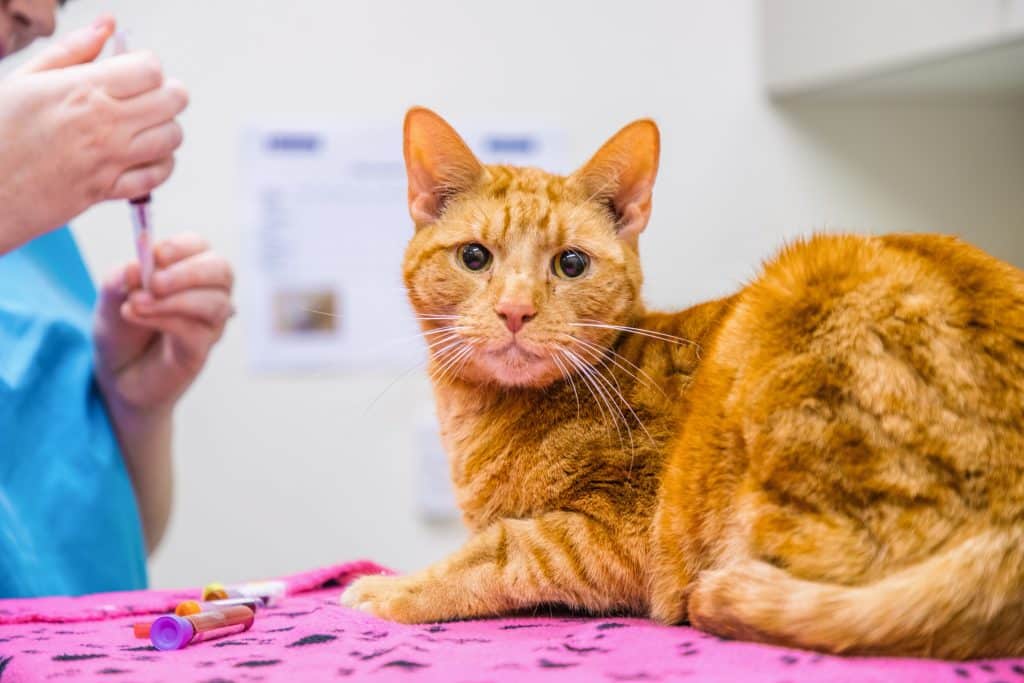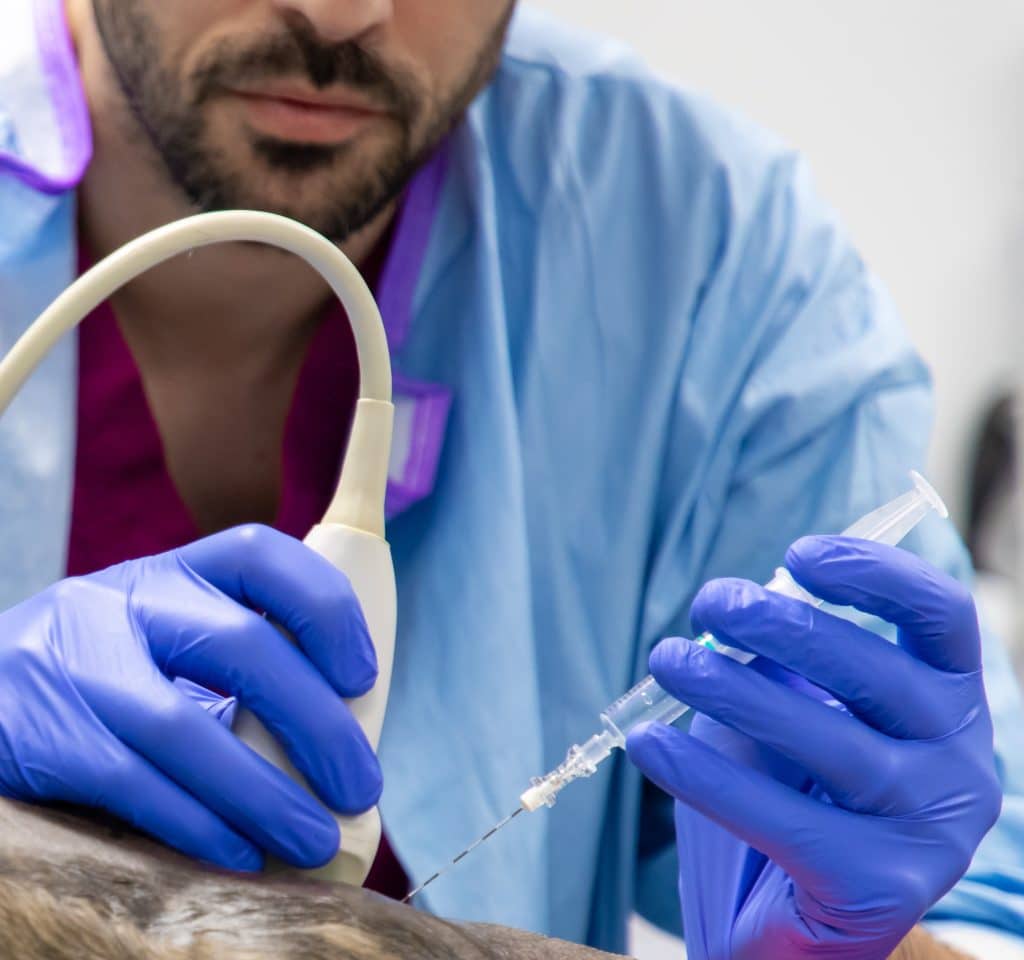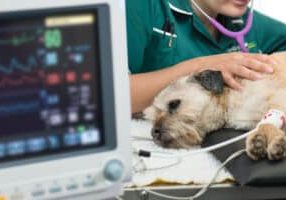
Feline Orofacial Pain Syndrome (FOPS) is a condition associated with episodes of severe oral discomfort. Pain in FOPS often recurs and is poorly responsive to first-line treatments.
Affected cats often display exaggerated licking and chewing movements, especially after eating or grooming. Pawing at the mouth is common, and more severe cases will present with tongue and face mutilation.
Some cats are in continuous discomfort, and the nature of their pain can lead to a reluctance to eat or even become anorexic. Breeds that are more susceptible to this disease include Burmese Siamese, Tonkinese and Burmilla. While cats of any age can be affected, many will first show signs when erupting permanent teeth.
Ruling out other causes of facial and oral pain
As no definite diagnosis for FOPS is available, it will be crucial to exclude other possible causes associated with orofacial pain. These may include dental and periodontal disease, oral lesions and a lack of response to initial treatments, particularly in predisposed breeds.
Additionally, it is essential to assess mental status, orofacial sensation, vestibular signs, and the presence of paresis or any other neurological alterations that could be linked to other neuropathies or neurological disorders.

How can Interventional Pain Management help?
While the pain associated with FOPS is often triggered or exacerbated by dental disease and further exacerbated by environmental factors, it typically responds poorly to most first-line treatments. Consequently, the quality of life for many affected cats is significantly impacted, forcing owners to make difficult decisions.
FOPS is a neuropathic pain disorder that can be considered analogous to human trigeminal neuralgia. Similar to human medicine, chronic orofacial pain associated with FOPS can be effectively alleviated with minimally invasive Interventional Analgesic Procedures (IAP), especially when oral medications fail to relive the pain.
At NDSR, and as part of a multimodal analgesic approach, we have experience with a variety of minimally invasive IAP aimed at alleviating the pain in cats with FOPS. By means of ultrasound, we are able to guide injections and other treatment modalities, which in turn allow us to identify and treat the specific source of pain.
References :
– Epstein ME (2020) Feline Neuropathic Pain. Vet Clin North Am Small Anim Pract 50 (4), 789-809
– Rusbridge C, Heath S (2016) Feline Orofacial Pain Syndrome. In Feline Behavioral Health and Welfare (1st edn). Rondan I, Health S (eds). Elsevier, USA. pp 213-226
– Deer TR, Leong MS, Buvanendran A, Panchal KSJ (2015) Treatment of Chronic Pain by Interventional Approaches. American Academy of Pain Medicine, Springer, USA.
Case Advice or Arranging a Referral
If you are a veterinary professional and would like to discuss a case with one of our team, or require pre-referral advice about a patient, please call 01883 741449. Alternatively, to refer a case, please use the online referral form
About The Discipline
Anaesthesia

Need case advice or have any questions?
If you have any questions or would like advice on a case please call our dedicated vet line on 01883 741449 and ask to speak to one of our Anaesthesia team.
Advice is freely available, even if the case cannot be referred.
Anaesthesia and Analgesia Team
Our Anaesthesia and Analgesia Team offer a caring, multi-disciplinary approach to all medical and surgical conditions.